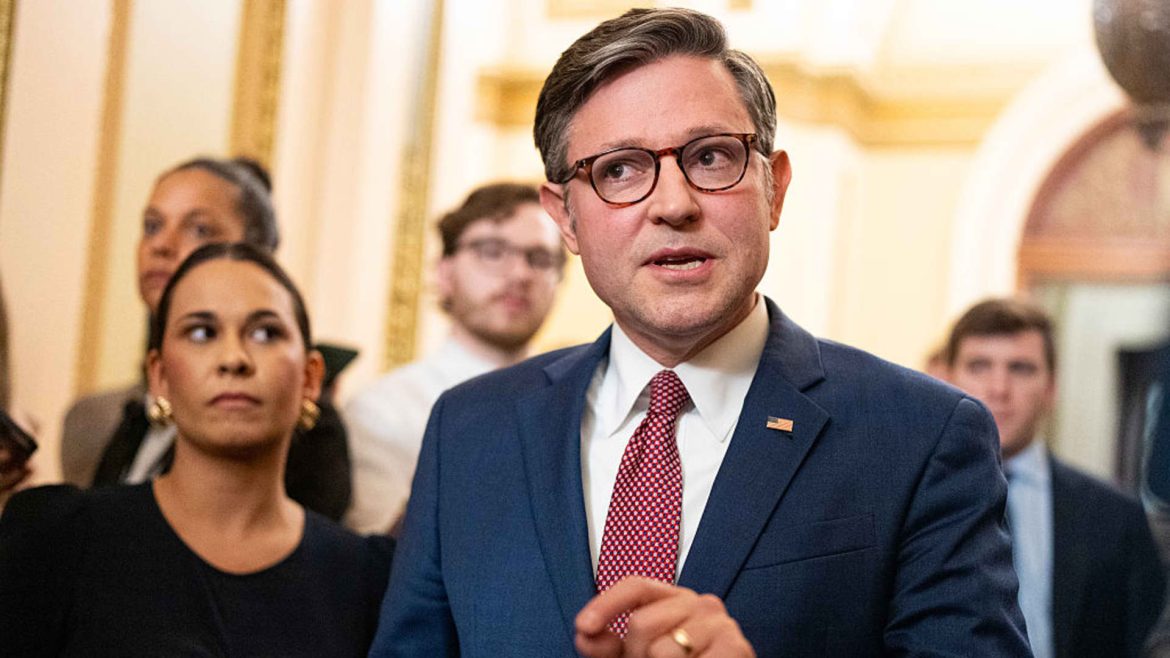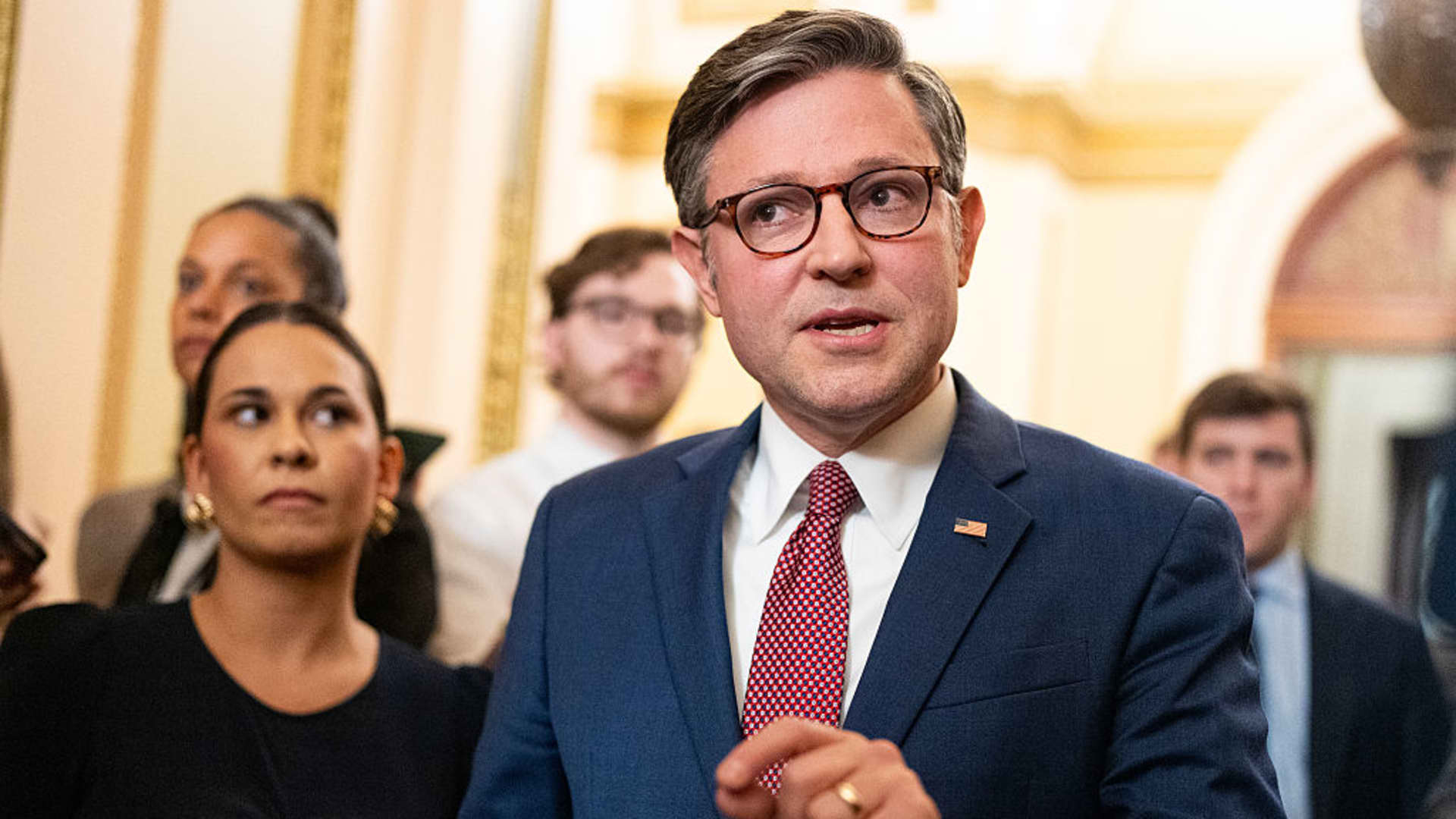Introduction: Turbulence in Advancing Trump’s Budget Agenda
The Republican Party’s efforts to pass a sweeping budget package encapsulating former President Donald Trump’s legislative priorities have hit a significant impasse. Recent developments reveal escalating tensions within the GOP, as conservative hardliners reject the blueprint crafted by party leaders, causing lawmakers to delay key votes and re-strategize. The high-stakes confrontation centers on the “One Big Beautiful Bill,” a multi-trillion-dollar proposal aimed at major tax cuts, spending reductions, and federal budget restructuring, with a looming deadline intensifying pressures.
The House Budget Committee’s Rejection: A Stark Setback
On Friday, the GOP-controlled House Budget Committee voted 16-21 against advancing a comprehensive budget plan that was designed to propel Trump’s agenda forward. Crucially, opposition was not confined to Democrats; five Republican conservatives joined the entire Democratic caucus in blocking the bipartisan progression of the bill. This rejection marks a notable defeat for House Republican leaders and an embarrassment for Trump himself, who had publicly urged unity through social media channels, admonishing party “grandstanders” and imploring Republicans to rally behind the legislation.
Division Within the GOP: Conservative Hardliners Challenge Leadership
These dissenting Republicans are pushing for deeper cuts in spending and express simultaneous concerns about the package’s impact on the national deficit, indicating a fissure between fiscal hawks and party leadership’s proposed compromises. The ideological split revolves around how aggressively to pursue spending retrenchment and whether the proposed tax breaks adequately align with conservative fiscal priorities.
Speaker Mike Johnson and other top GOP leaders are navigating a fragile consensus, trying to balance the demands of conservative insurgents with more moderate factions and those concerned about political optics and the broader electoral consequences. The failure to advance the bill right as Congress approaches a July 4 deadline casts doubt on the timeline and strategic coherence of the Republican legislative agenda.
Attempts to Salvage the Bill: Delays and Negotiations
Prior to the committee vote failure, GOP leaders postponed a critical vote several times amid entrenched opposition. The inability to secure enough votes from holdouts led to repeated delays and forced leadership to enter intense negotiations behind closed doors. It is evident that the influential voices within the House Budget Committee wield substantial power to shape or thwart legislation critical to Trump’s policy goals.
Senate Republicans have been observing closely, with some applying pressure by signaling reluctance to accept the House’s version of the budget unless it adheres to stricter fiscal constraints. These dynamics further complicate the legislative path, fostering a standoff not just between GOP factions but also between the two chambers of Congress.
The Contentious Nature of the “Big Beautiful Bill”
The bill itself proposes approximately $4.5 trillion in tax cuts paired with $2 trillion in spending cuts, encompassing a wide range of policies including defense funding increases, energy sector support, immigration restrictions, and broad tax reform measures. While painted by its proponents as a transformative package, critics assert that it fails to address key concerns such as Medicaid coverage protections, social safety net impacts, and long-term debt sustainability.
The disagreements among lawmakers highlight fundamental ideological rifts within the party—a struggle between those advocating for aggressive fiscal conservatism and others focused on maintaining or enhancing specific program spending, particularly for constituencies in swing districts or vulnerable populations.
Trump’s Role: Pressure and Public Appeals
Throughout the saga, former President Trump has actively sought to enforce party discipline and push the agenda forward. His messages on Truth Social have been pointed and stern, accusing dissenters of “grandstanding” and urging Republicans to “close your eyes and get there” on passing the bill. Despite his vigorous public appeals and backing of the legislation as “The One, Big Beautiful Bill,” intra-party fractures persist, complicating efforts to declare a unified front.
Broader Political and Economic Implications
The GOP’s failures and internal conflicts come at a sensitive moment economically, as the U.S. faces challenges including inflation concerns, trade issues, and debates over fiscal policy direction. The inability to approve a cohesive budget risks undermining legislative momentum and potentially weakens Republicans’ position ahead of upcoming elections. These divisions might also delay critical decisions on defense appropriations, energy policies, and tax reforms that could have substantial effects on the national economy.
Moreover, the public spectacle of GOP infighting may erode voter confidence and provide ammunition for opposition parties, blunting the political capital that Trump and his allies hope to leverage in promoting their agenda.
Conclusion: Navigating a Complex Crossroads
The Republican Party’s attempts to implement former President Trump’s expansive budgetary vision have encountered significant hurdles, primarily due to resistance from conservative hardliners unwilling to endorse the current package’s scope and composition. This deadlock underscores the challenge of uniting disparate factions within the party around a highly ambitious and multifaceted legislative blueprint.
Moving forward, GOP leadership faces a delicate task: reconciling intra-party ideological disputes, satisfying Senate counterparts, and meeting tight deadlines while projecting party unity and political strength. The path to advancing Trump’s agenda in Congress is fraught with obstacles, and the final outcome will depend on whether pragmatic compromise can overcome principled opposition—and how the party manages the messaging and bargaining both internally and with the broader American public. The “big, beautiful bill” remains a work-in-progress amid a turbulent political landscape, emblematic of the broader struggles facing contemporary American conservatism.





